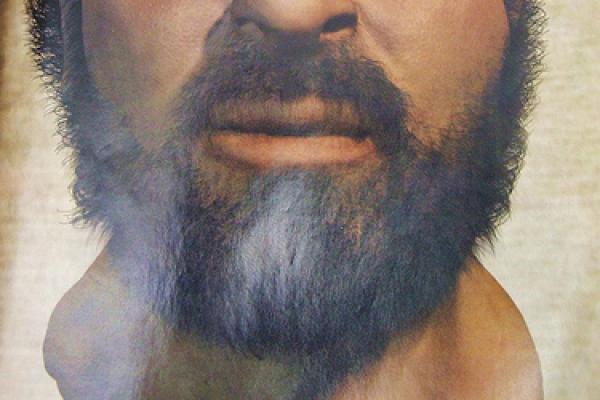Conservative talk show host Megyn Kelly claimed on her Fox News show last week that “For all you kids watching at home, Santa just is white ... just because it makes you feel uncomfortable doesn’t mean it has to change, you know, I mean, Jesus was a white man, too ... that’s a verifiable fact, I just want kids to know that.”
This statement was in response to a Slate piece by Aisha Harris, “Santa Should Not Be a White Man Anymore,” which notes her confusion between seeing a black Santa figurine in her home while white Santas were popularized elsewhere at the mall and her school. Because the real history of St. Nicholas is so far removed from his present iteration as Santa Claus, she argues that it would be easier and less culturally problematic to change him into a penguin. This avoids questions of race and culture and makes him accessible to all. While I see her point about wanting to avoid cultural problems, it might be a good idea to confront the underlying issue of racism in America rather than continue to ignore it.
Read the Full Article

